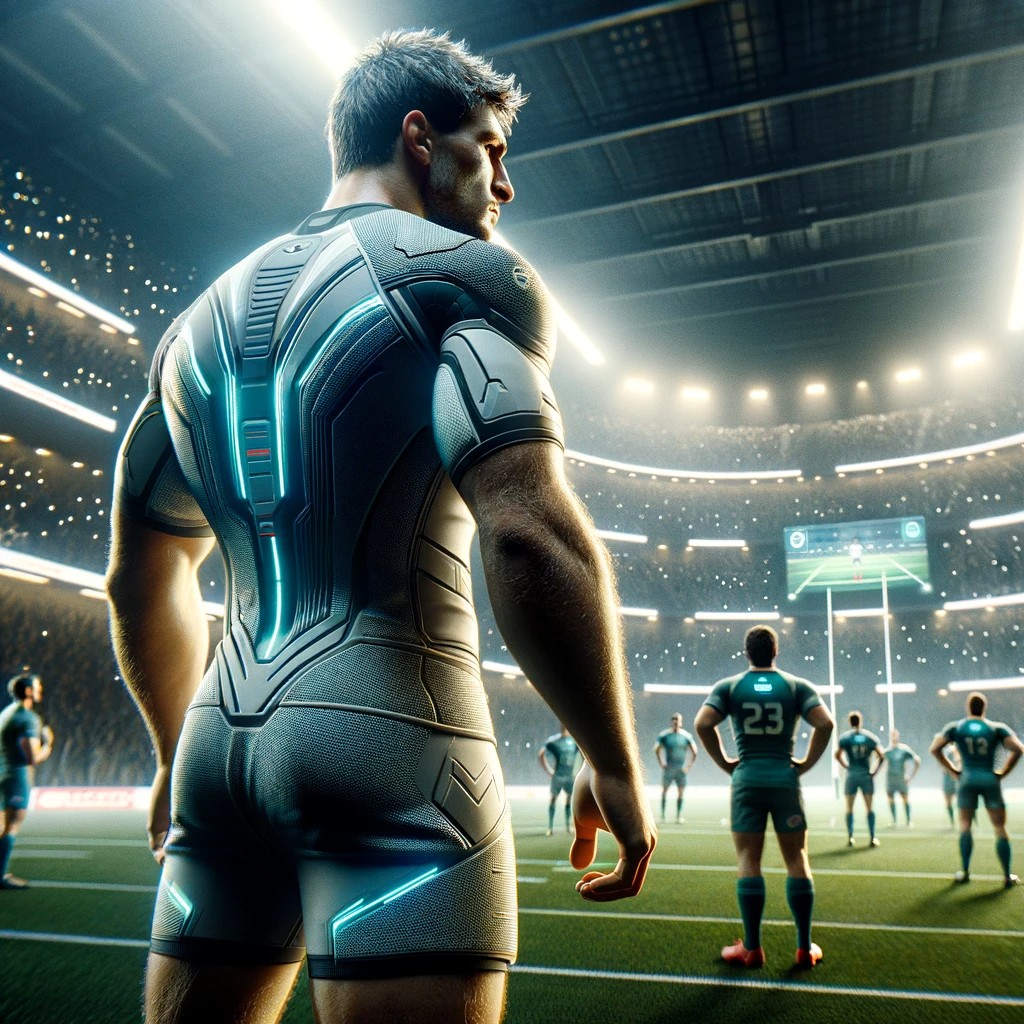In the ever-evolving landscape of sports technology, last week’s CES showcased groundbreaking developments that promise to reshape the athletic experience for both players and fans. Amidst the array of emerging trends, one term dominated conversations: Artificial Intelligence (AI). From redefining player selection to immersive fan engagements, the integration of AI and cutting-edge technologies is steering the sports industry towards uncharted territories.
AI dominates sports technology landscape
Artificial Intelligence (AI) has become the driving force behind revolutionary changes in the sports industry, influencing decisions from player selection to in-game strategies. The impact of AI and machine learning extends beyond mere data analytics, permeating into the realms of predictive analysis and injury prevention. The concept of team management is also under scrutiny, with speculations about AI potentially replacing traditional roles such as general managers and head coaches. This shift could herald a new era where AI-driven algorithms dictate the course of a team’s performance, reminiscent of science fiction scenarios like CP30 from Star Wars becoming a sports strategist.
Wearable technologies have emerged as a pivotal player in the sports tech arena, transforming the way athletes train, perform, and recover. From enhancing the fan experience with mic’d athletes to providing in-depth data analytics and performance tracking, wearables and IoT devices have become indispensable tools. The NBA’s ongoing discussion on load management underscores the technology’s role in understanding the delicate balance between gameplay and athlete well-being. The real-time feedback garnered from these devices not only fosters a stronger connection between athletes and fans but also serves as a compass for optimizing peak performance and preventing injuries.
Immersive fan experiences and precision officiating
Virtual and Augmented Reality (VR/AR) technologies are ushering in a new era of fan engagement by offering immersive experiences both within stadiums and for remote viewers. While clunky headsets have hindered widespread adoption, the development of lighter and mixed reality devices aims to address this concern. Simultaneously, the rise of smart stadiums equipped with high-speed Wi-Fi, cashless payments, and IoT devices promises a personalized and seamless fan experience. Imagine walking into a stadium, and all your preferences are instantly catered to based on historical data accumulated by AI, creating an environment where every fan feels uniquely valued.
As technology reshapes various aspects of sports, officiating is not left untouched. The unreliability of human judgment has led to discussions on utilizing technology to enhance accuracy, evident in replay systems and challenges seen in the NFL and NBA. Major league baseball is even contemplating replacing the home plate umpire with technology for calling balls and strikes. This technological intervention seeks to eliminate human errors and ensures that officiating in sports is more precise, reflecting the continual convergence of AI and sports.
As AI, VR/AR, wearables, and smart stadiums propel the sports technology landscape forward, one can’t help but wonder about the future possibilities. How will these technological advancements continue to shape the athletic experience for both athletes and fans? Will we witness a complete transformation of sports dynamics, or is this just the beginning of a tech-driven revolution? The only certainty is that the sports world is hurtling into a future where the synergy between technology and athletics is destined to redefine the very essence of the games we love.





